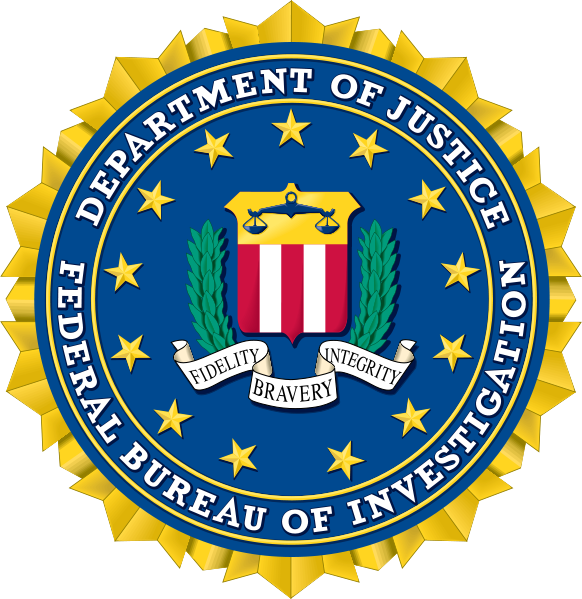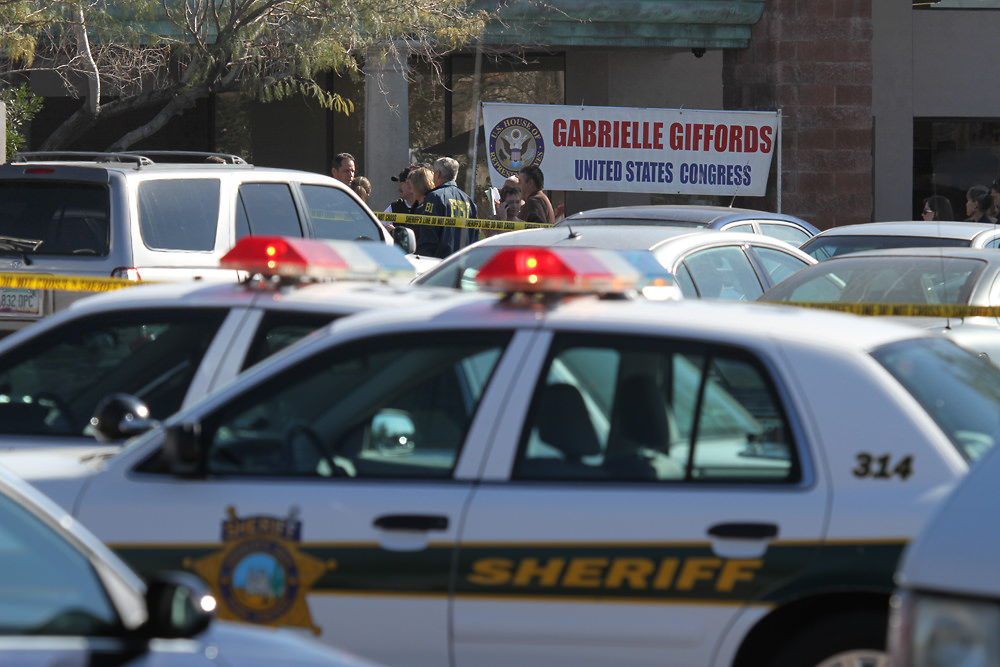
F.B.I. Seal, via Wikimedia.
“There is always the possibility that a secret police system may become a menace to free government and free institutions because it carries with it the possibility of abuses of power which are not always quickly apprehended or understood.”
US Attorney General Harlen Fiske Stone, reflecting on the creation of the Federal Bureau of Investigation, 1924.
Last week I posted about hate crimes in the USA, and given Christian Davenport’s request that we give state violence a chance, today I offer a view of the state. I make four points:
- Some prominent democratic theorists develop institutional recommendations due to concern of such abuse of power.
- US government agents of coercion have a long history of the abuse these theorists worry about.
- As Davenport would anticipate, the discussion in my post hides the state, as if it is uninvolved.
- Hate groups see the state, alleging that the US federal government is engaged in precisely the abuse of power discussed in points one and two.
Mr. Stone, quoted above, was concerned that the F.B.I. might abuse its power. His concern was well founded. But I will generalize and strengthen the concern: governments will use agents in their coercive apparatus to undermine and, if possible, eliminate political rivals. The tricky bit there is the phrase “if possible.” We might ask: how can people constrain Leviathan? If governments are able to enforce a claim on the legitimate use of force in the territory over which they assert sovereignty, then what, pray tell, will prevent those who rule from predating on those whose support is not required to retain office? As Bruce Bueno de Mesquita and Alastair Smith argue in The Dictator’s Handbook (Op-Ed version here), successful (i.e., long ruling) political leaders reward those they must and take from those they can (they apply the argument to leaders of democracies as well). As Publius famously put the dilemma in Federalist #10
“There are again two methods of removing the causes of faction: the one, by destroying the liberty which is essential to its existence; the other, by giving to every citizen the same opinions, the same passions, and the same interests.”
He opines that “the most powerful faction must be expected to prevail,” and wonders how the less powerful might be protected (I have, judiciously, excised from that quote the preceding clause, “the most numerous party,” by which Publius limits the argument to majoritarian rule, but you get the point). Majority rule, the bedrock of Democratic theory, is a source of threat, not a solution. Separation of powers across local, state, and federal levels is the proposed solution.
But let us return to agents of government coercion, and indeed, the prominent democratic theorist Robert Dahl provides a helpful segue, as he echoes Mr. Stone’s concern quite precisely, writing in chapter 4 of his famous work Polyarchy:
“Axiom 4: The likelihood that a government will tolerate an opposition increases as the resources available to the government for suppression decline relative to the resources of an opposition. Now the key resources that governments use to suppress oppositions are of two broad types: violent means of coercion, persuasion, and inducement, typically wielded by military and police forces; and nonviolent means of coercion, persuasion, and inducement, or, as they will be called here, socioeconomic sanctions, chiefly in the form of control over economic resources, means of communication, and processes of education and political socialization… Two very general kinds of circumstances can reduce the capacity of a government to use violence or socioeconomic sanctions against an opposition. First, these factors sometimes cease to be available as political resources. This possibility is particularly relevant to violence against opponents of the government by police or military forces, for the police and military may actually be very small, or, what amounts to very nearly the same thing, they may become so depoliticized that they can no longer be used by political leaders for internal political purposes. Second, these (and other) political resources may be so widely dispersed that no unified group, including the government (or a unified group of leaders in the government) has a monopoly over them…”
That is, Dahl reaches the same conclusion as both Publius and Mr. Stone: concentration of coercive capacity in a federal agency threatens minority groups and dissidents.
In a remarkable series of articles (2003, 2004, 2007, 2009) and a book the sociologist David Cunningham contrasts the F.B.I.’s programs to “neutralize” (that was the official F.B.I. term) “White Hate Groups” (1964-1971) and the “New Left” (1968-1971). Between 1954 and 1971 the Bureau operated five of these counter intelligence programs (COINTELPRO, in the agency’s lexicon), each of which was terminated after the 1971 publication of hundreds of stolen COINTELPRO files (the public backlash would help stimulate the 1975 Church Committee hearings in the US Senate). Historical research documents that the COINTELPRO programs routinized the domestic spying and disruption of dissident groups that Director J. Edgar Hoover undertook with the encouragement of, and eventual directives from, President Frankin Roosevelt (e.g., Croog). And Cunningham finds a remarkable consistency of techniques used against in both the “White Hate Group” and the “New Left” programs: the use of informants and the production of false documents to create a negative public image; break down internal organization; restrict ability to protest; and hinder the ability of individuals targets to participate in group activities. Needless to say, the F.B.I.’s “White Hate Group” COINTELPRO violated a variety of the targeted white supremacists’ civil and political rights.
@WilHMoo







0 comments